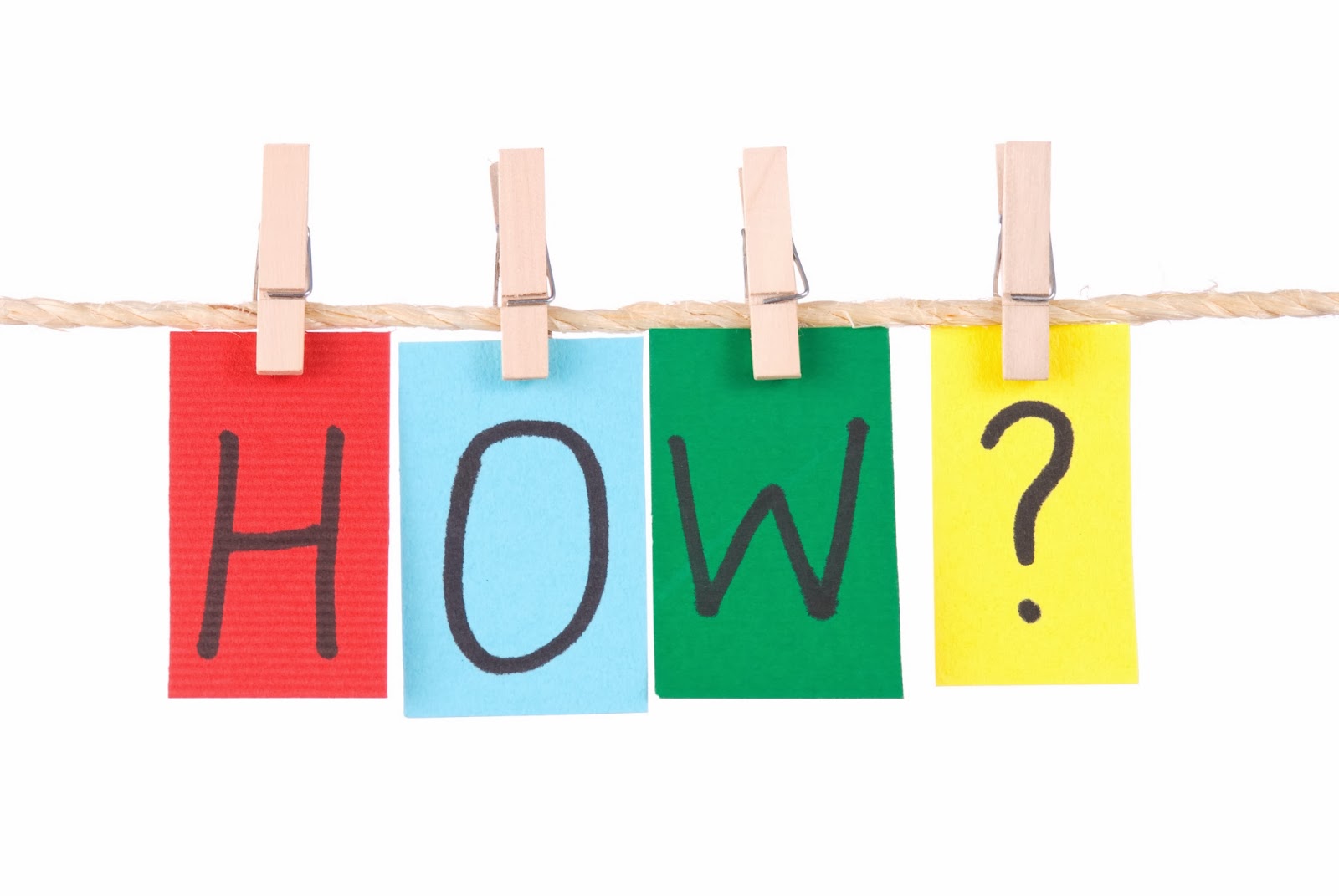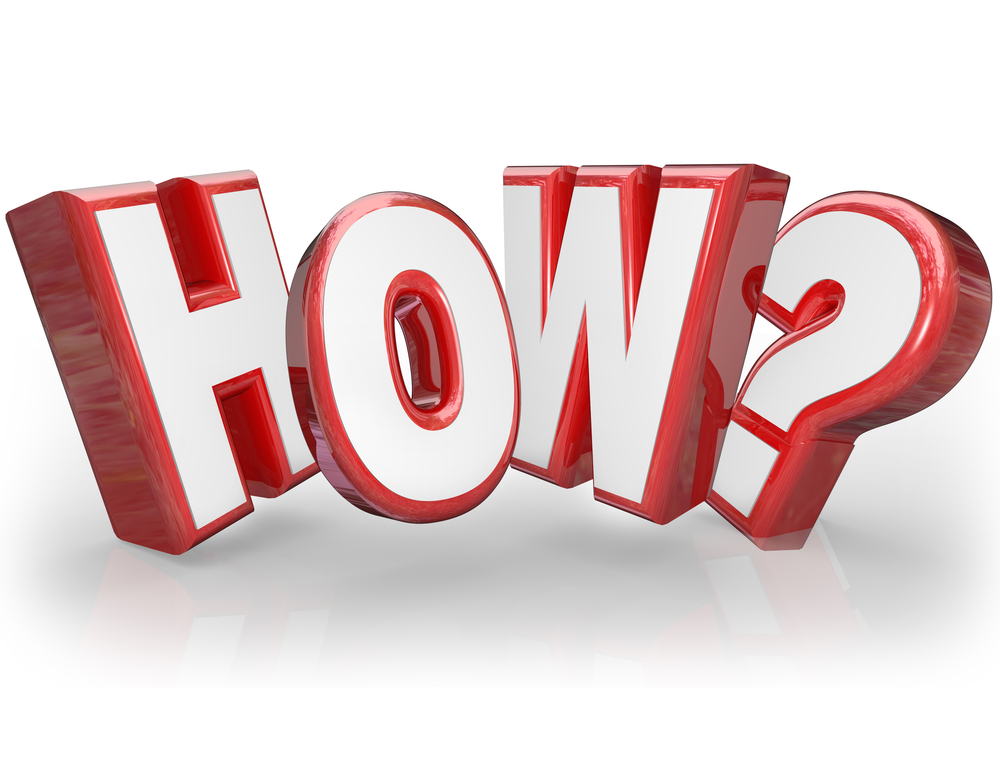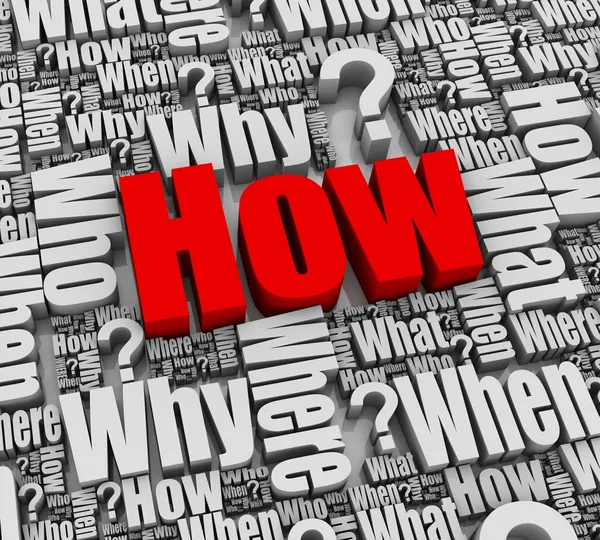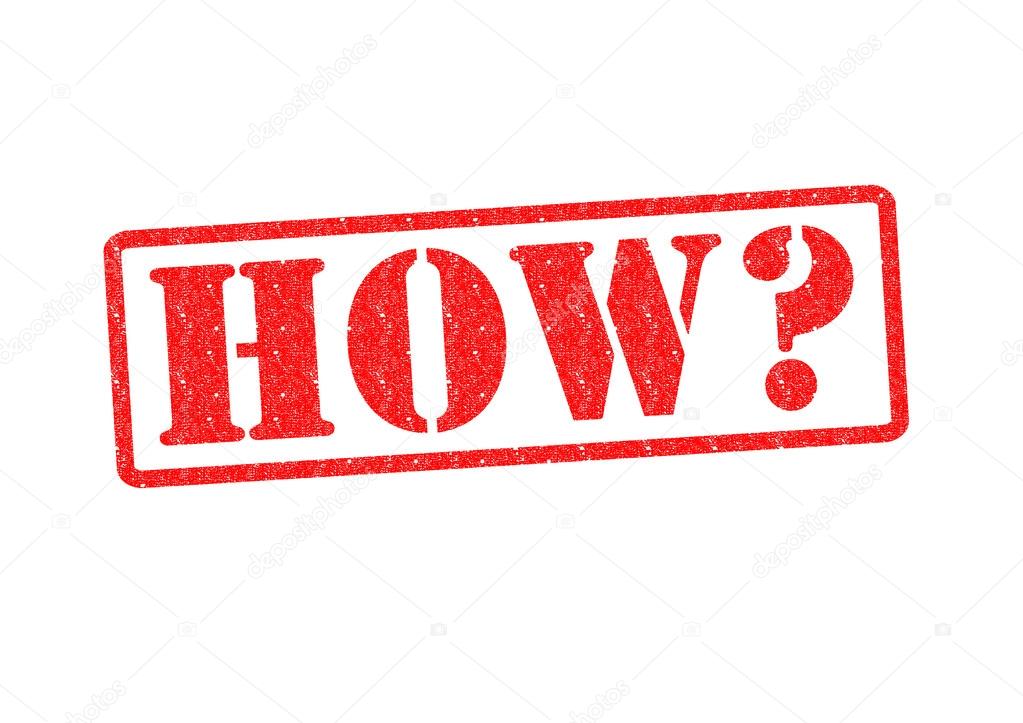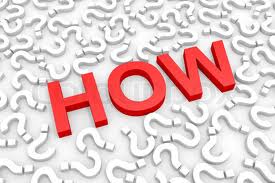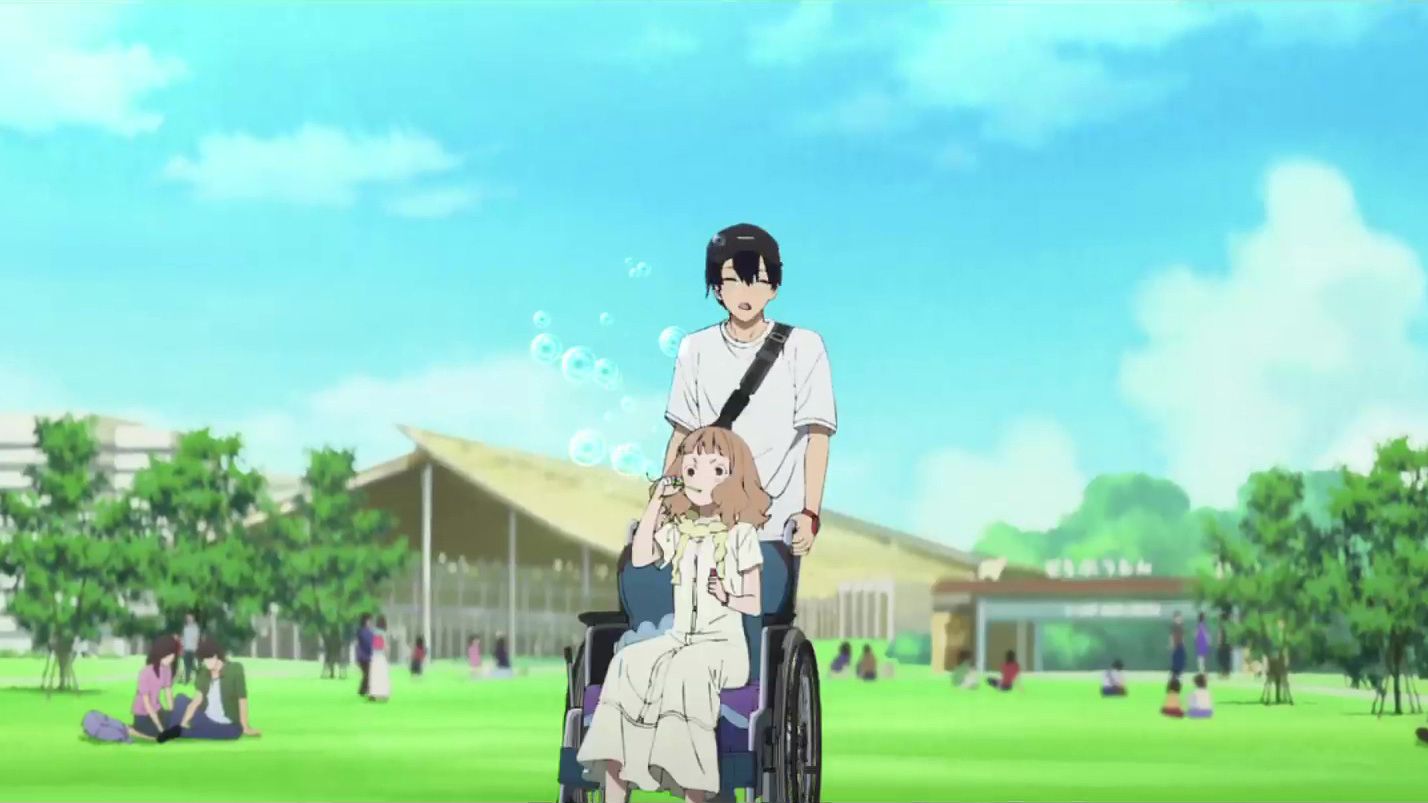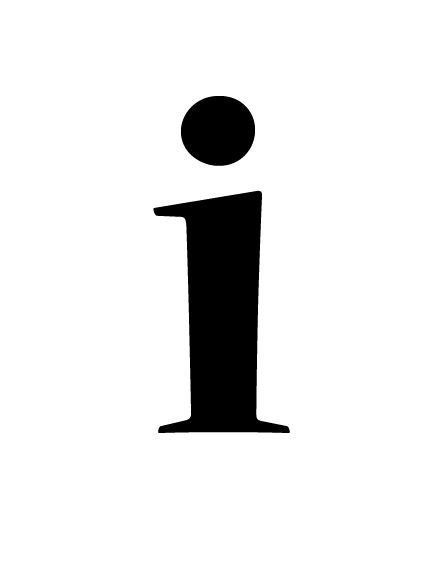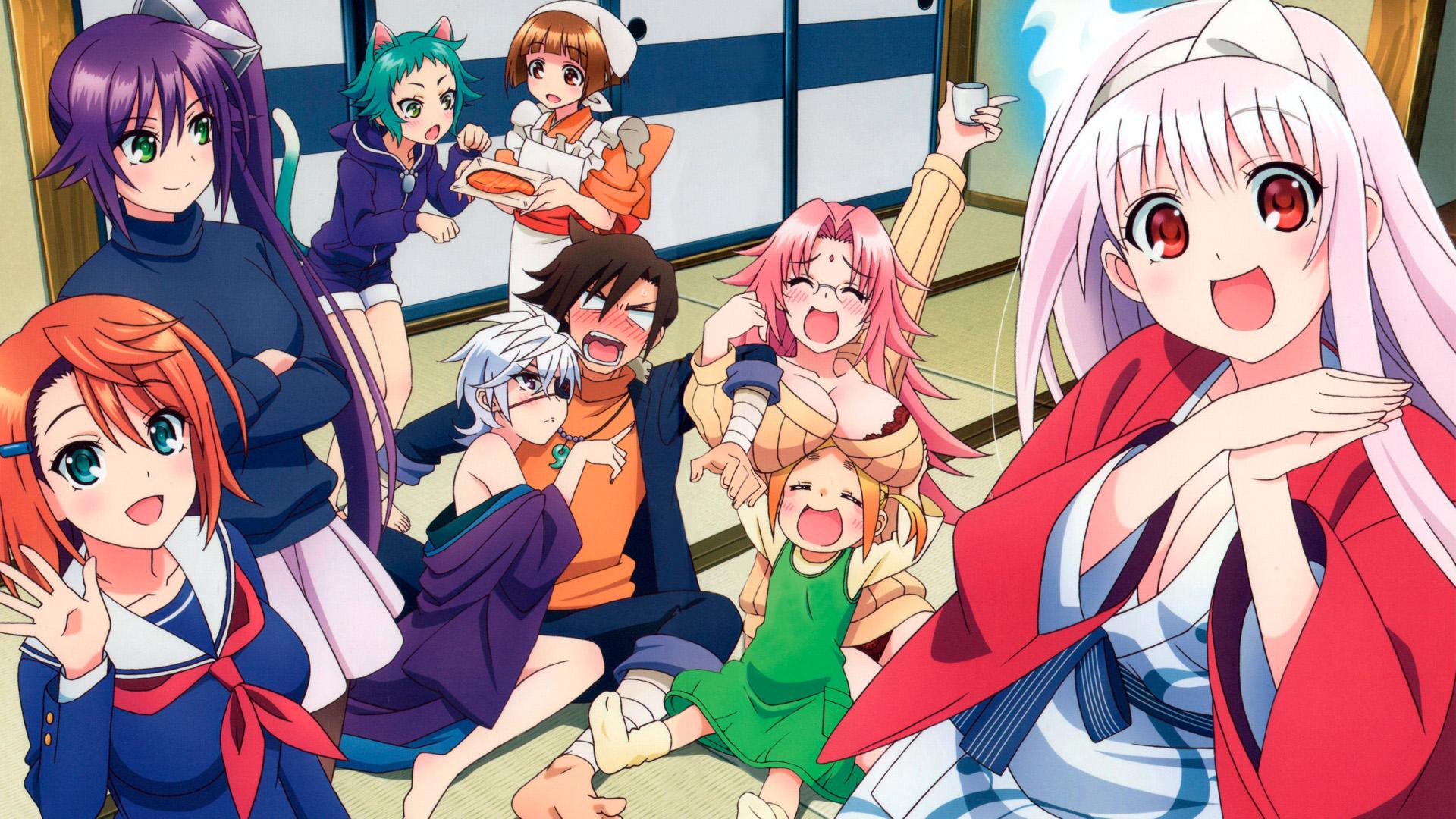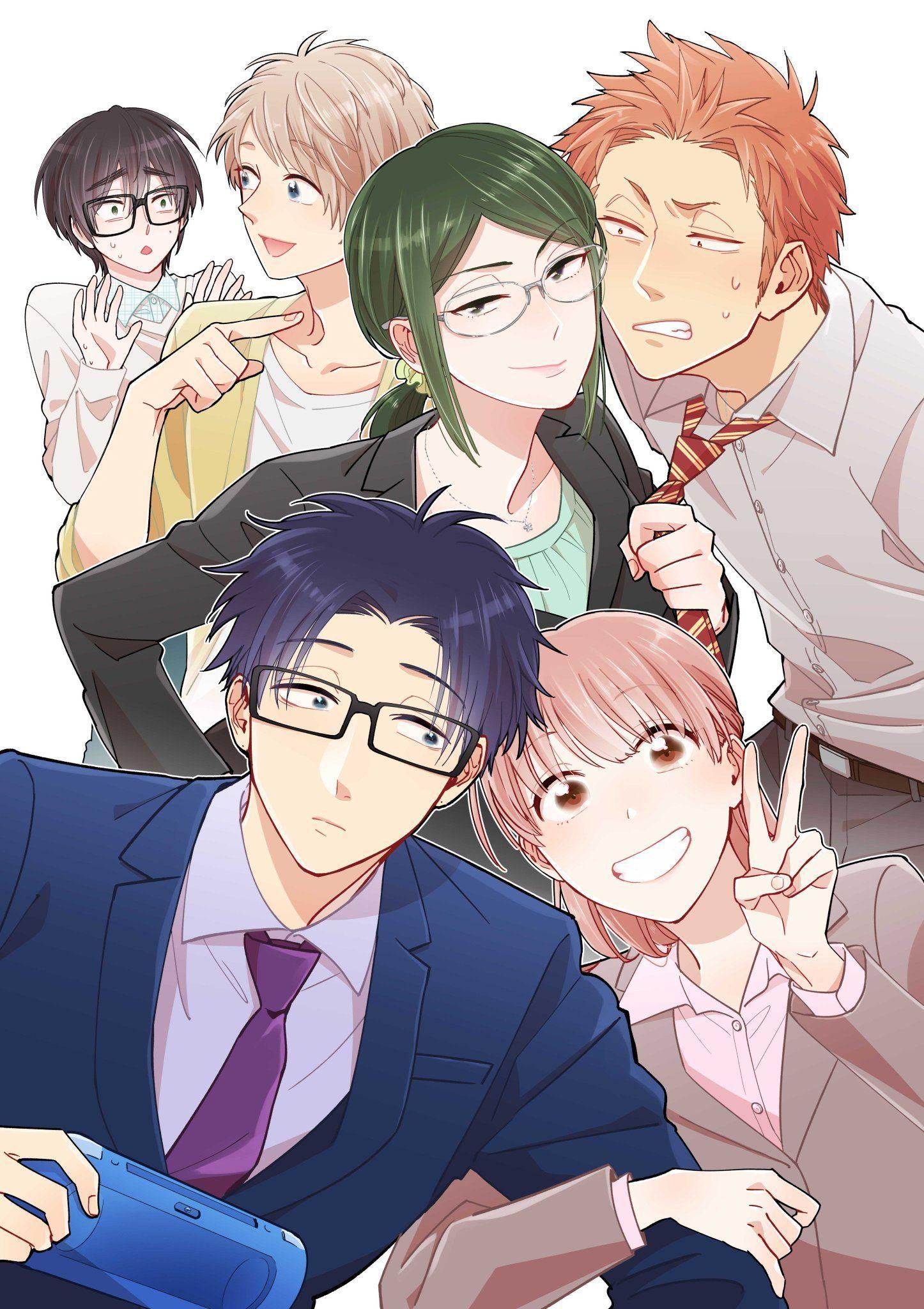How to Read Manga: A Beginner's Guide
Manga, the captivating world of Japanese comics, has gained immense popularity worldwide. Reading manga can seem daunting if you're new to the medium, but with a few simple guidelines, you'll be navigating panels and speech bubbles like a pro in no time. This guide will walk you through the essential steps.
Understanding the Basics
Manga differs from Western comics in several key ways, most notably in its reading direction and visual storytelling techniques. Familiarizing yourself with these differences is the first step to enjoying the experience.
The primary difference is the direction of reading. You'll generally read from right to left. This applies to the panels on a page, as well as the speech bubbles within each panel. Start at the top right corner of a page and work your way across to the left, then move down to the next row.
Pages: Each page is designed to be read from right to left. So you begin with the page on the right and then move to the page on the left.
Panels: The panels in a manga are usually arranged in a right-to-left order as well, and it's important to follow this order to comprehend the story.
Speech Bubbles: Dialogue is contained within speech bubbles, and these are read from right to left within a panel. When multiple bubbles appear in the same panel, start with the bubble furthest to the right.
It's okay to feel a bit awkward at first, but with practice, this right-to-left reading pattern will become second nature.
Step-by-Step Guide to Reading a Manga Page
Let's break down the process of reading a typical manga page:
- Begin at the Top Right: Open the manga and locate the first page. Your journey begins at the top right corner.
- Follow the Panels: Examine the panels on the page. Usually, manga are drawn with clear panel borders or visual cues to indicate the sequence. Proceed from right to left across the top row, then move to the next row, continuing the right-to-left pattern.
- Read the Speech Bubbles: In each panel, locate the speech bubbles. Read the text inside the bubbles from right to left. Look for visual indicators such as tails pointing to the speaker. If the text is written vertically, read from top to bottom, still progressing from right to left across multiple bubbles.
- Pay Attention to Visual Cues: Manga artists use various visual techniques to convey emotions, action, and setting. Keep an eye out for speed lines, sound effects (often written in onomatopoeia), and character expressions. These elements add depth and context to the story.
- Observe Body Language: Characters' body language plays a crucial role. Notice their posture, gestures, and facial expressions. These details can offer insights into their feelings and intentions.
- Consider the Background: Pay attention to the backgrounds. They provide context and can contribute to the atmosphere of the scene.
- Turn the Page: After finishing the last panel on a page (typically the bottom left), turn the page and continue the process on the next right-hand page.
Deciphering Visual Language
Manga relies heavily on visual cues to tell the story. Understanding these conventions will greatly enhance your reading experience. For example:
- Sweat Drops: A large sweat drop indicates embarrassment, nervousness, or discomfort.
- Exaggerated Expressions: Exaggerated facial expressions, such as wide eyes or gaping mouths, emphasize shock, surprise, or humor.
- Speed Lines: Diagonal lines behind a character suggest movement or speed.
- Chibi Style: Characters drawn in a simplified, childlike style (chibi) often indicate a comedic or lighthearted moment.
- Nosebleeds: In some genres (particularly comedy), a nosebleed can represent intense excitement or arousal.
- Tick Marks: Appearing usually on the head or forehead, tick marks usually represent anger or irritation.
These are just a few examples; the visual language of manga is vast and varied. As you read more manga, you'll become more familiar with these conventions and be able to interpret them intuitively.
Different Types of Manga
Manga covers a wide range of genres and target audiences. Some popular categories include:
- Shonen: Targeted towards young boys, often featuring action, adventure, and themes of friendship. Examples include Naruto, One Piece, and Dragon Ball.
- Shojo: Aimed at young girls, typically focusing on romance, relationships, and personal growth. Examples include Sailor Moon, Fruits Basket, and Cardcaptor Sakura.
- Seinen: Geared towards adult men, often exploring more mature themes and complex characters. Examples include Berserk, Vinland Saga, and Monster.
- Josei: Targeted at adult women, often depicting realistic relationships and slice-of-life scenarios. Examples include Princess Jellyfish, Chihayafuru, and Honey and Clover.
- Kodomomuke: Intended for younger children, with simple stories and themes.
Each genre has its own unique characteristics and conventions. Exploring different genres can help you find the types of stories you enjoy most.
Tips for a Smooth Reading Experience
Here are a few additional tips to enhance your manga reading:
- Find a Comfortable Reading Environment: Choose a quiet space where you can focus and relax.
- Adjust the Lighting: Ensure adequate lighting to prevent eye strain.
- Take Breaks: If you're reading for an extended period, take occasional breaks to rest your eyes and stretch.
- Read Regularly: The more you read, the more comfortable you'll become with the reading direction and visual conventions.
- Explore Online Resources: Numerous websites and apps offer digital manga. Some provide free access to a selection of titles.
- Consider the Translation: Sometimes, humor and cultural nuances can be lost in translation. Look for quality translations that capture the essence of the original work.
Reading manga should be a pleasurable experience. Don't be afraid to experiment and find what works best for you.
Practice Makes Perfect
The best way to master manga reading is through practice. Choose a manga that interests you, whether it's a popular title or something recommended by a friend. Start reading, focusing on following the panel layout and speech bubble order. Don't worry if you feel slow at first. With each page you turn, you'll become more comfortable and confident.
As you progress, pay closer attention to the visual details and the way the artist uses them to tell the story. Notice how the characters' expressions and body language contribute to the narrative. Over time, you'll develop a deeper appreciation for the art of manga and its unique storytelling techniques.
So, grab a manga, settle in, and start reading. The world of Japanese comics awaits! Enjoy the journey!
